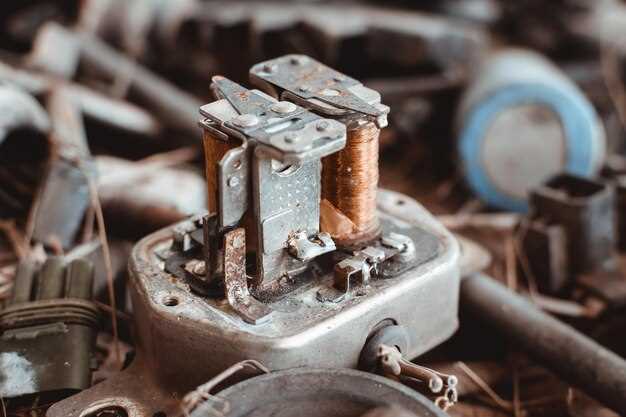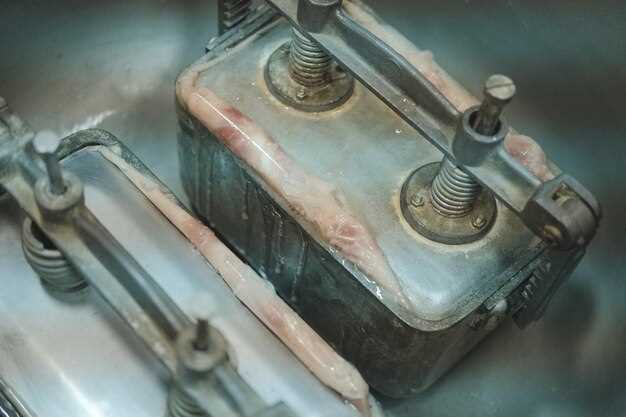
The maintenance of classic car batteries is crucial for keeping these vintage vehicles in optimal running condition. Unlike modern cars, classic vehicles often rely on older battery technologies, which require a specific approach to ensure longevity and reliability. Proper care and attention can prevent common issues associated with battery deterioration, ensuring that your classic car remains ready for the road at a moment’s notice.
Firstly, understanding the unique requirements of your classic car’s battery is essential. Unlike contemporary car batteries, which may incorporate advanced technology and features, classic batteries often lack these modern conveniences. Consequently, regular maintenance tasks, such as checking fluid levels and cleaning terminals, become vital to the overall health of the battery. These simple practices can significantly extend the life of your battery and enhance the performance of your beloved vehicle.
Moreover, it is important to consider environmental factors that can affect battery performance. Classic cars are often stored or parked in less-than-ideal conditions, which can lead to issues like corrosion or sulfation. Implementing best practices, such as using a battery maintainer or ensuring proper storage, can mitigate these risks and keep your battery functioning efficiently. Emphasizing routine checks and preventative care will not only optimize your car’s performance but also preserve its historical value.
Choosing the Right Battery for Vintage Cars

Selecting the appropriate battery for a vintage car is crucial for optimal performance and reliability. Vintage cars often have unique electrical systems that differ from modern vehicles, making it essential to consider both compatibility and specifications. Start by identifying the correct battery group size, which refers to the dimensions, terminal location, and post type. Consulting the owner’s manual can provide valuable information regarding the correct fitment.
Additionally, consider the type of battery. Many classic car enthusiasts prefer lead-acid batteries for their reliability and affordability. However, opting for an absorbed glass mat (AGM) battery can offer advantages such as reduced maintenance and increased resistance to vibration, which is beneficial for vintage car applications. AGM batteries generally have a longer lifespan and are less prone to leaking, making them a solid choice for these cherished vehicles.
It is also important to pay attention to the Cold Cranking Amps (CCA) rating, especially for vintage cars that might be driven in colder climates. A higher CCA rating ensures better starting performance in low temperatures. Vintage cars may also require a battery with a relatively high reserve capacity to support the electrical demands of additional accessories or upgrades, such as enhanced audio systems or lighting.
Finally, consider investing in a battery that features vintage-style aesthetics, which can enhance the overall look of your classic vehicle while ensuring the required technical specifications are met. Selecting the right battery is an integral step in maintaining the performance and longevity of your vintage car.
Regular Maintenance Tips for Optimal Battery Performance

To ensure the longevity and efficiency of your classic car’s battery, regular maintenance is crucial. Start by visually inspecting the battery for any signs of corrosion on the terminals. Corrosion can hinder the connection and lead to poor performance. Clean the terminals with a mixture of baking soda and water, using a brush to remove any buildup.
Check the electrolyte levels if your battery is not maintenance-free. For those that require it, ensure the fluid covers the plates inside the battery. If the levels are low, use distilled water to bring them up, avoiding tap water which can introduce impurities.
Additionally, it’s essential to keep your battery charged. Vintage cars often sit idle for extended periods, leading to battery drainage. Use a trickle charger or battery maintainer to keep the charge level stable, especially during off-seasons or when the car is not in use.
Inspect the battery connections regularly. Ensure that they are tight and secure, as loose connections can result in intermittent performance issues. Use a socket wrench to tighten any loose connections, but be cautious not to over-tighten as this could damage the terminals.
Finally, consider the environment in which your classic car is stored. Extreme temperatures can significantly affect battery performance. If possible, store your car in a climate-controlled space, or invest in a battery insulation blanket to protect it from heat or cold.
Storing Classic Car Batteries During Off-Season
When it comes to maintaining vintage cars, one crucial aspect is the proper storage of the battery during the off-season. A well-maintained battery can significantly extend the life of your classic vehicle and ensure a smooth start when you bring it back on the road.
Step 1: Remove the Battery
Start by safely removing the battery from the classic car. This is especially important if the vehicle will not be used for an extended period. Ensure that you wear protective gloves and glasses, as batteries contain corrosive materials.
Step 2: Clean the Battery Terminals
Before storing the battery, clean the terminals with a mixture of baking soda and water to neutralize any acid. Rinse and dry the terminals thoroughly. This maintenance prevents corrosion from developing during storage.
Step 3: Charge the Battery
It is essential to fully charge the battery before storing it. Using a smart charger can help maintain the optimal charge level without overcharging. A well-charged battery is less likely to freeze in cold temperatures, which can damage its internal components.
Step 4: Choose the Right Storage Environment
Store the battery in a cool, dry place where temperatures remain stable. Avoid areas with extreme heat or cold, as fluctuating temperatures can deplete the battery’s charge quickly. A temperature range of 50°F to 80°F (10°C to 27°C) is ideal for battery storage.
Step 5: Regular Maintenance Checks
Periodically check the battery’s charge level every month. If the charge falls below a certain threshold, recharge it to prolong its lifespan. Additionally, consider using a battery maintainer to keep the battery at an optimal charge throughout the off-season.
Step 6: Safety Precautions
Always store the battery upright to prevent acid leaks. If you notice any swelling or damage to the battery case, it should be disposed of properly, as it may pose a safety hazard.
Following these best practices for storing classic car batteries ensures that your vintage vehicle remains in excellent condition during the off-season, paving the way for hassle-free driving when the time comes to hit the road again.












